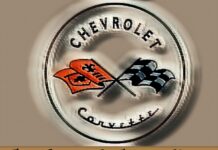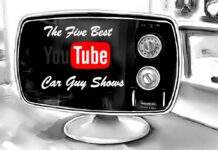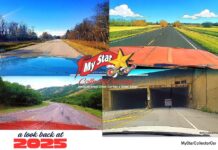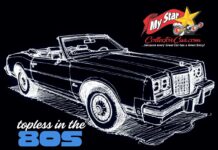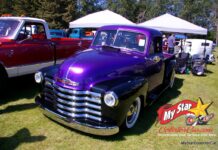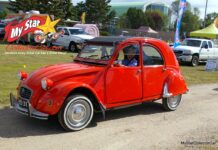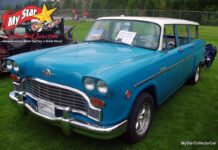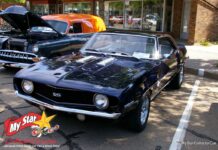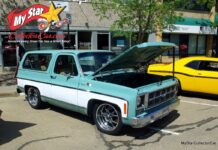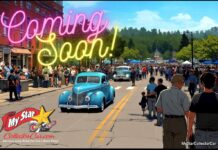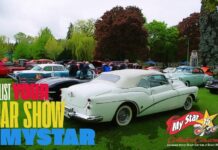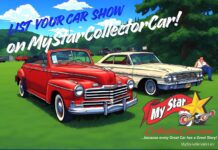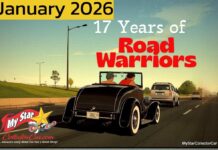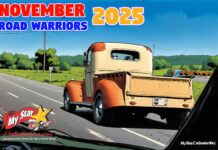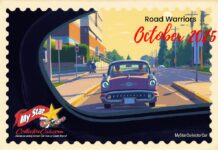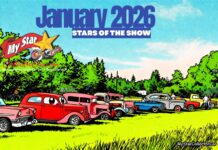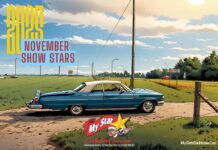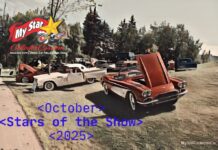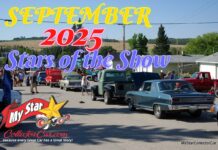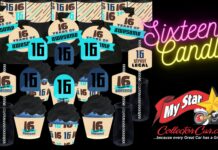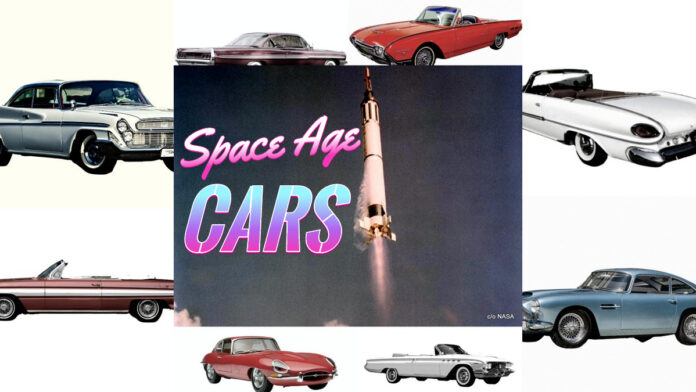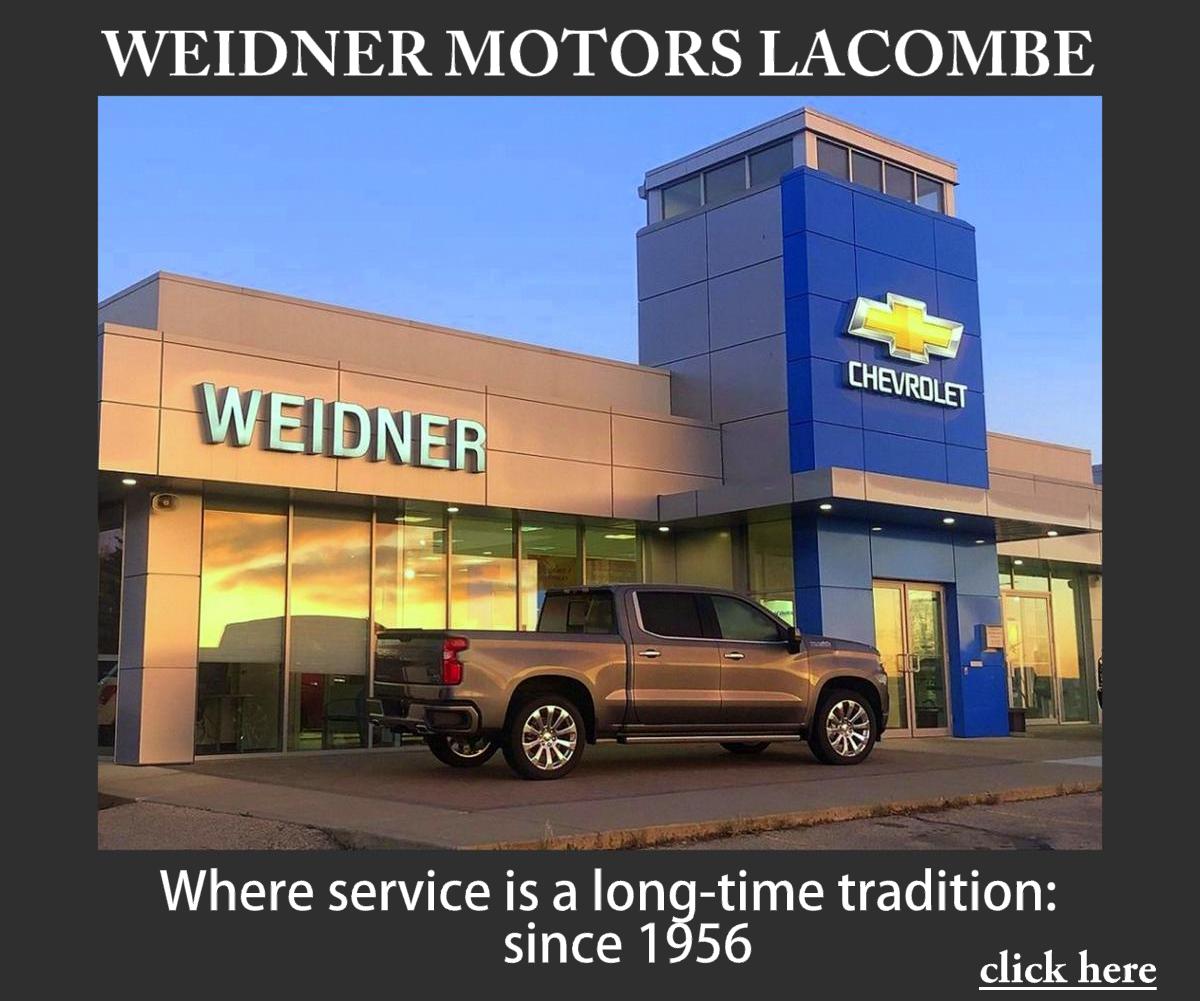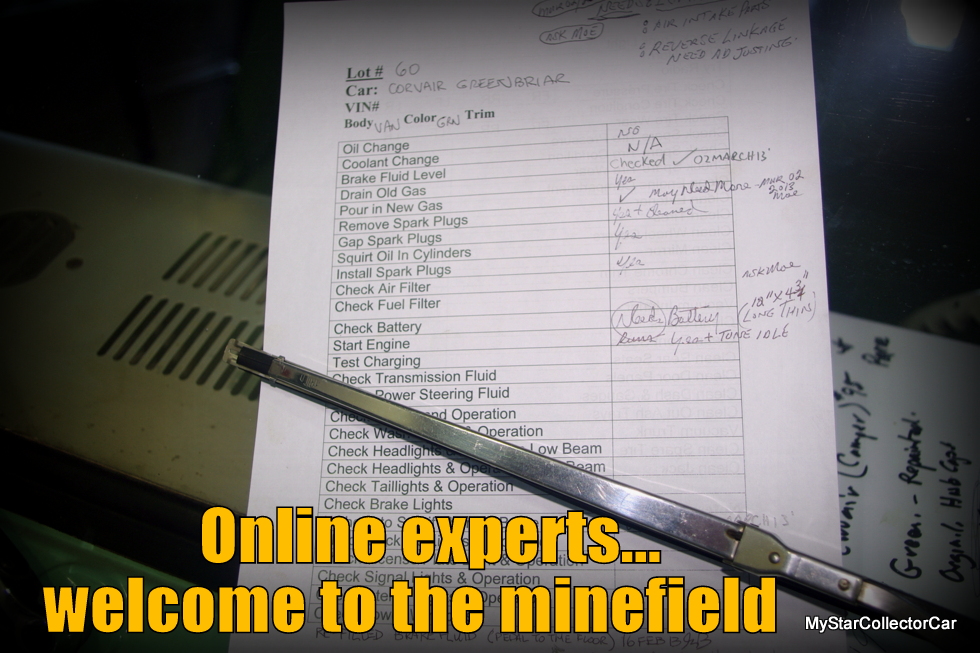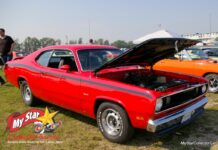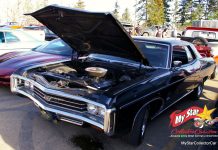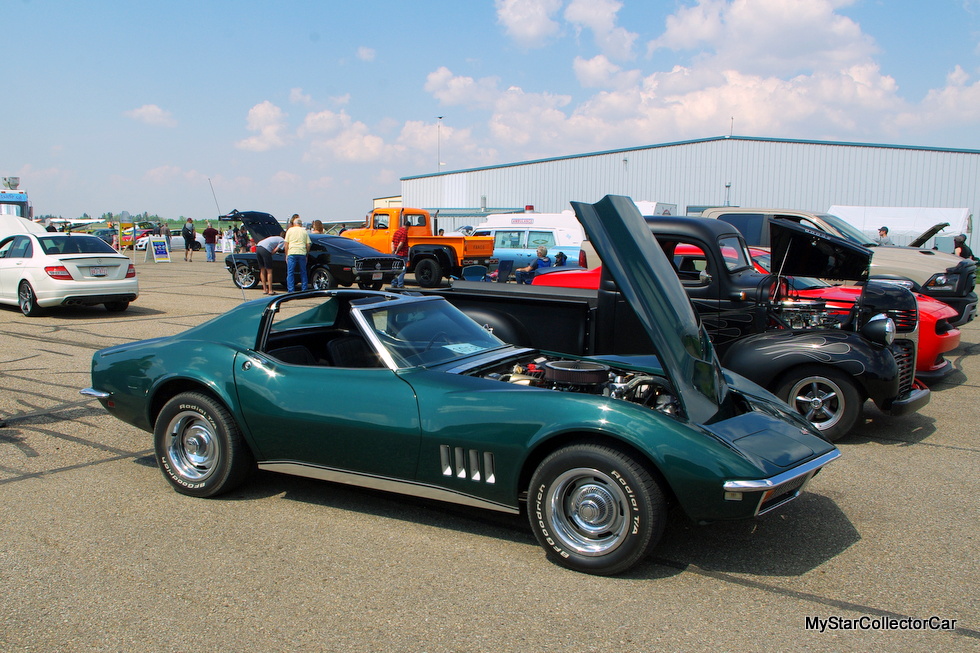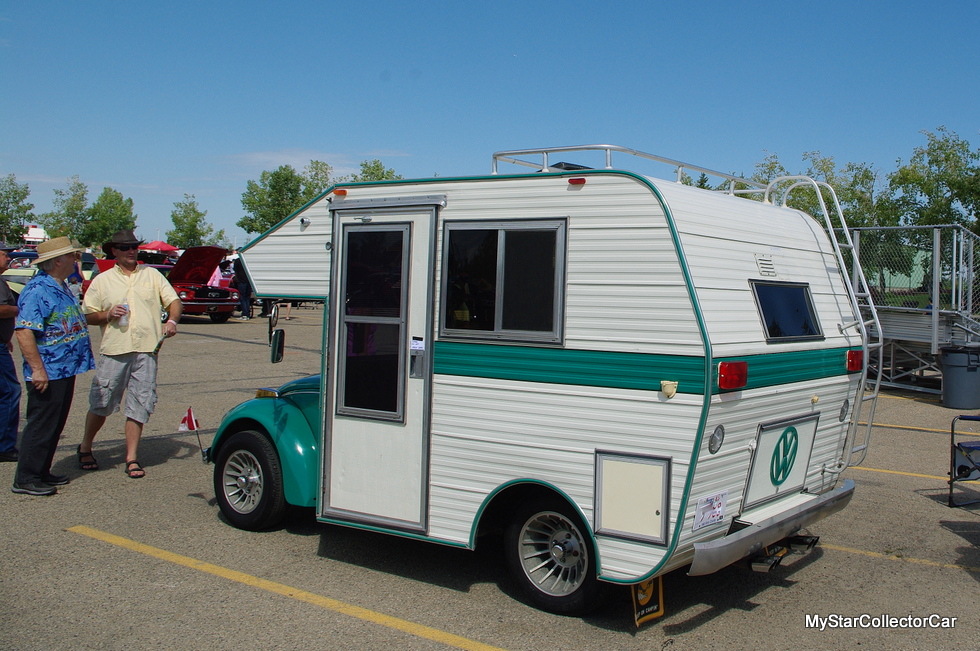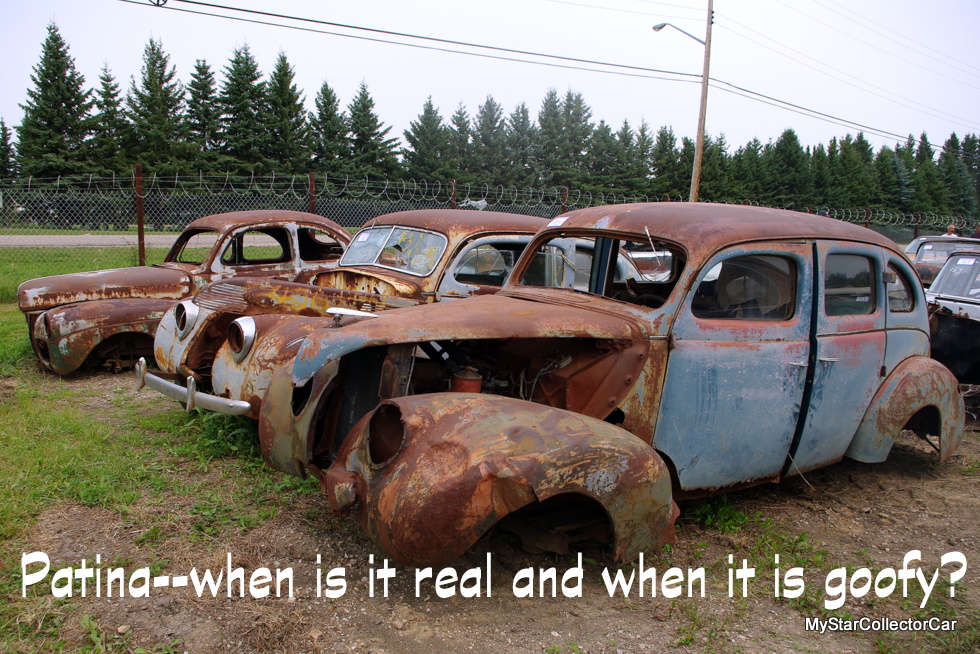1961 was the turning point in the Space Race because Yuri Gagarin became the first man in orbit on April 12, 1961.
He was followed by Alan Shephard on May 5, 1961, when Shephard entered orbit in the Mercury spacecraft Freedom 7.
Car builders cashed in on the space race that year because they knew the public was fully engaged in space stuff by 1961—so the cars reflected that.
Jerry Sutherland
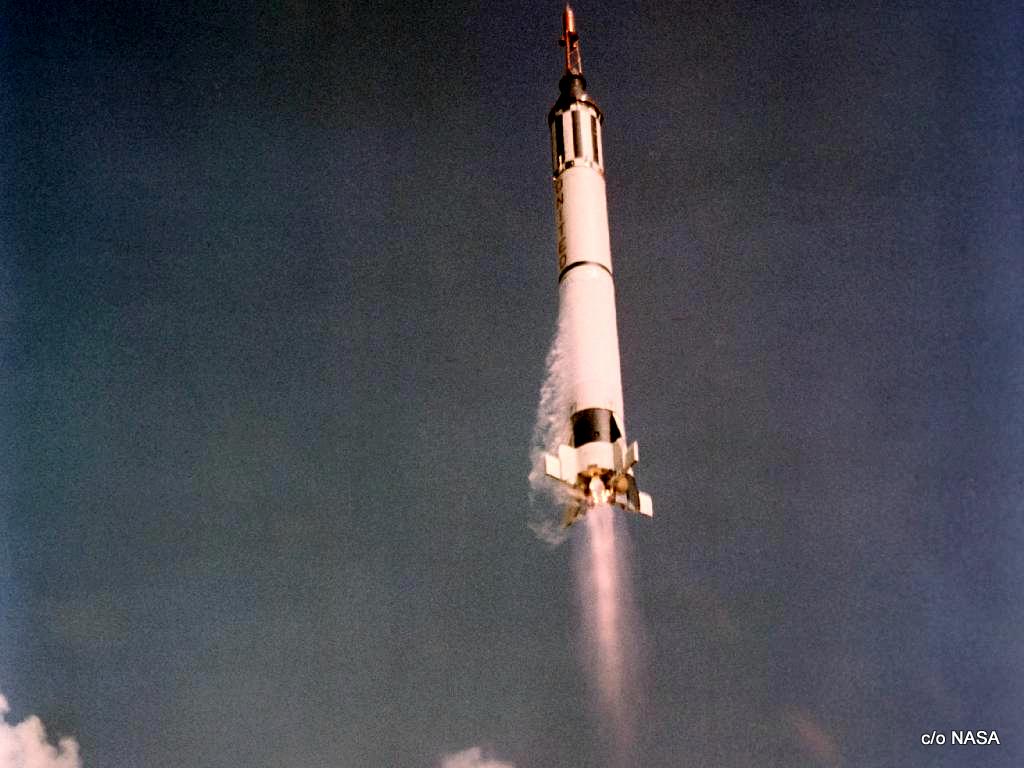
The 1961 Thunderbird is a great example.
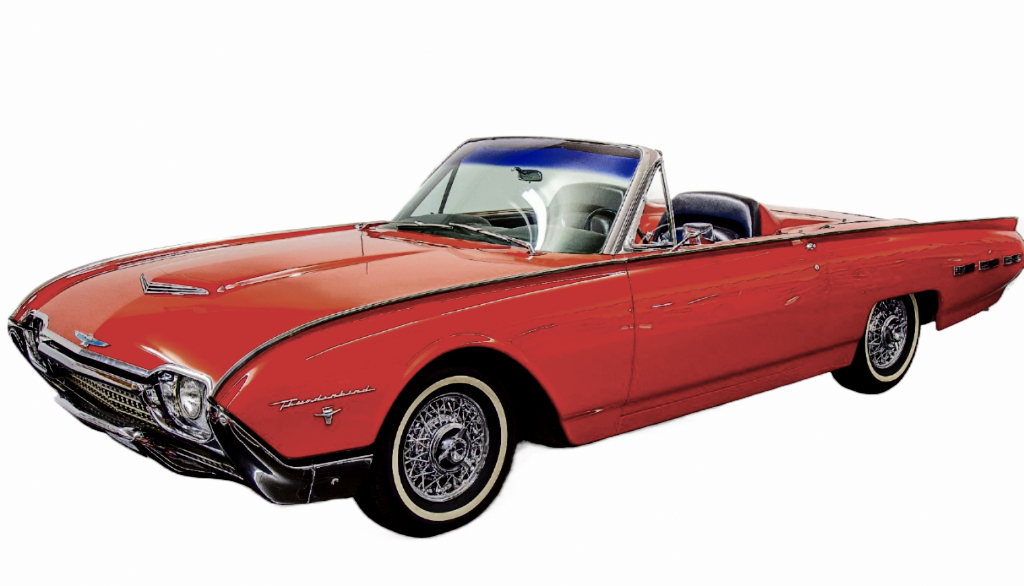
Thunderbird shed the Square-bird look in ’61 and replaced it with the Bullet-bird. This was a winning strategy because the new ‘birds told you the 1960s were here—and they came with a space-age attitude.
The 1961 Desoto Adventurer went in a different orbit.
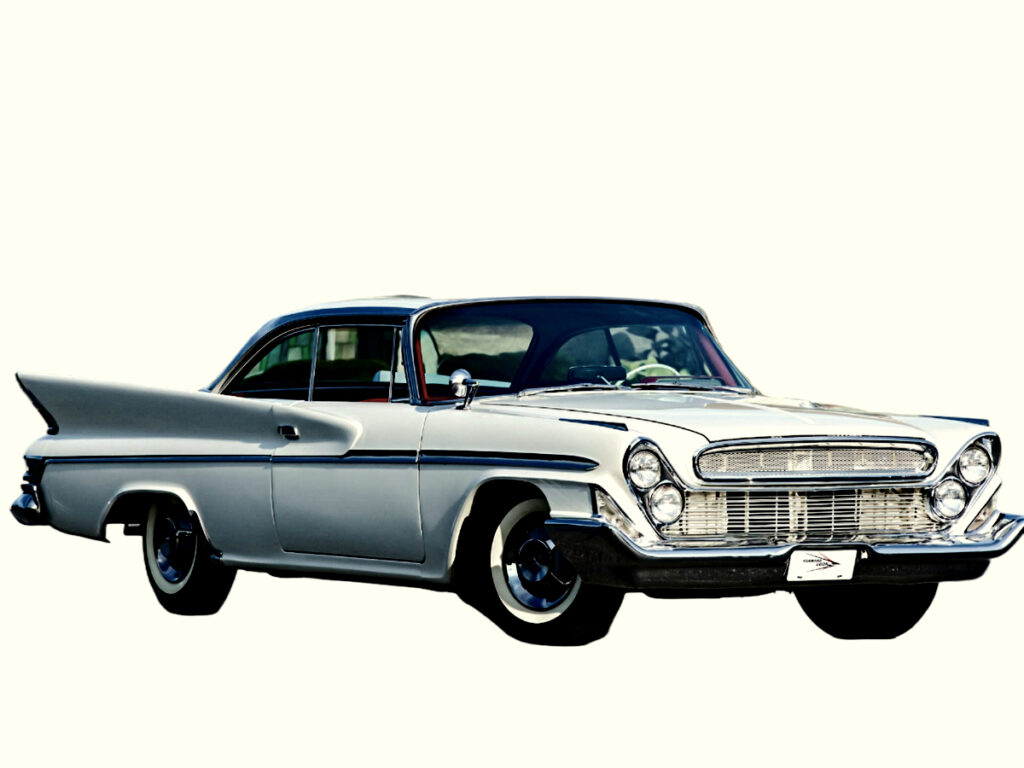
This would be the last year for the legendary DeSoto name, and it ended in controversy because the front end of the car was open for debate—even among the Virgil Exner fin car guys. Nevertheless, the lines of the last DeSoto were tied directly to Detroit’s version of the Space Age.

The 1961 Dodge was another controversial car with a direct link to the spacey look.
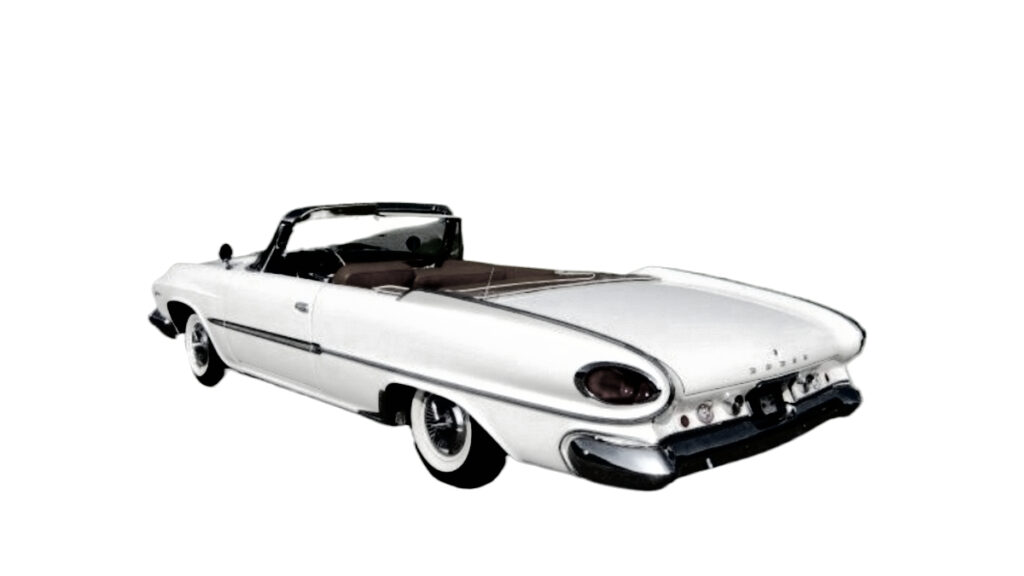
There were enough compound curves on the ’61 Polara to make a math teacher’s head explode and they were there to make the car a space cruiser—at least in the design studio.
The 1961 Buick was less dramatic, but it did tell you their cars had to reflect the Space Race.
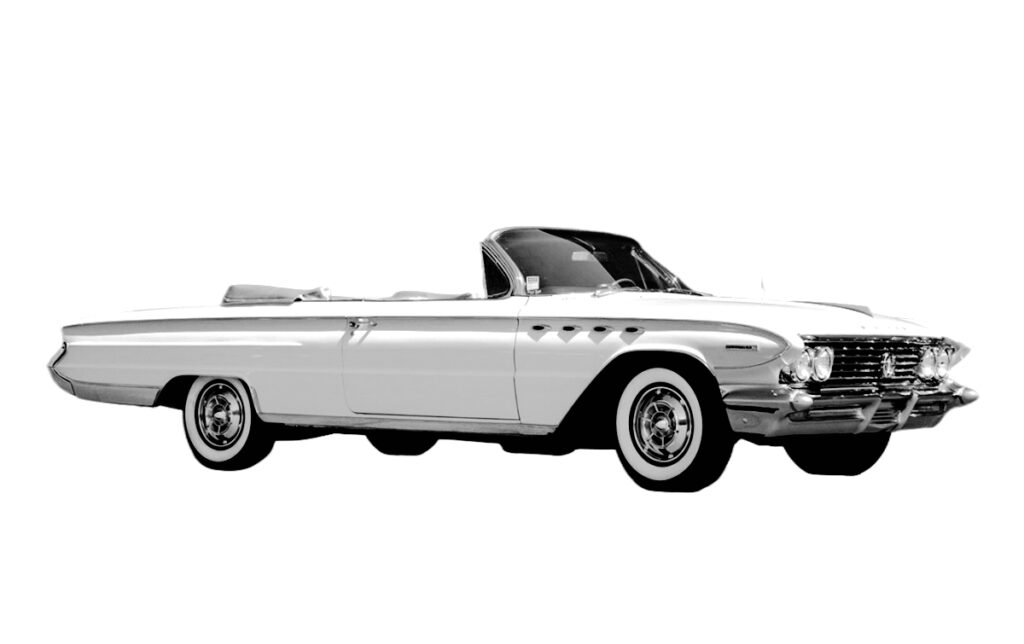
Buicks were clean and poised for takeoff in 1961. The Electra model was the best example because it had four—not three fake exhaust ports on the fender. Those alone made the car look like a winner in the Space Race.
The Buick’s cousin was the 1961 Oldsmobile Super 88.
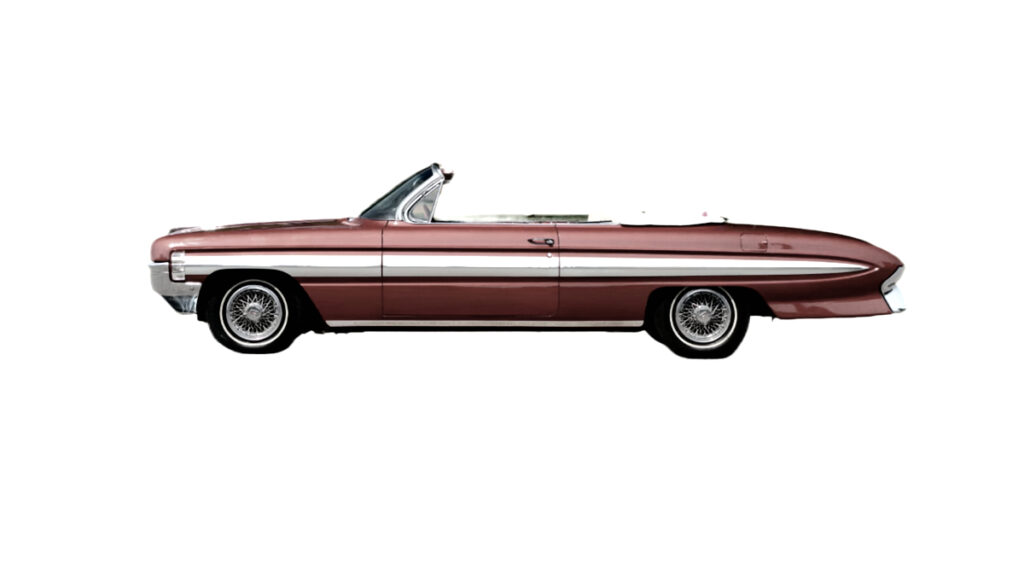
Everything in the Super 88 pointed to the back end because it looked like a rocket fin. That was clearly intentional because it told the world:”Yup, we’re part of the Space Race too”.
GM entered another space cadet in the Space Race with the 1961 Pontiac Catalina.
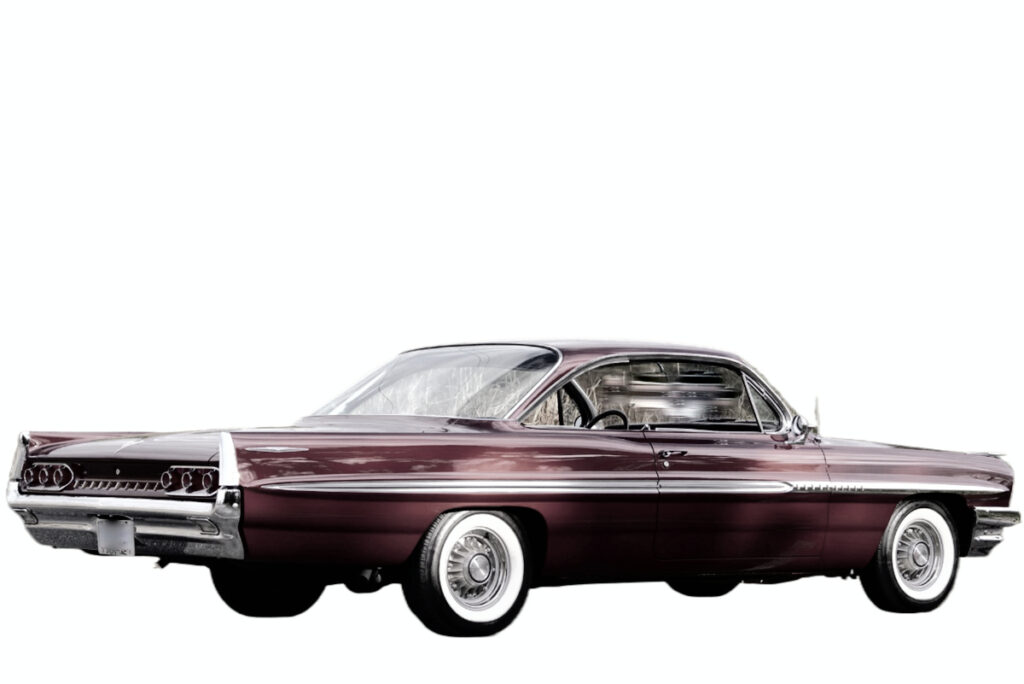
The taillights sold the concept because they dominated the back end of the car and looked like three rockets. They were a fitting addition to the massive-glass bubbletop roofline, so the roofline itself was definitely GM’s version of the George Jetson flying runabout.
Britain added a car to the Space Age with the 1961 E-type Jaguar.
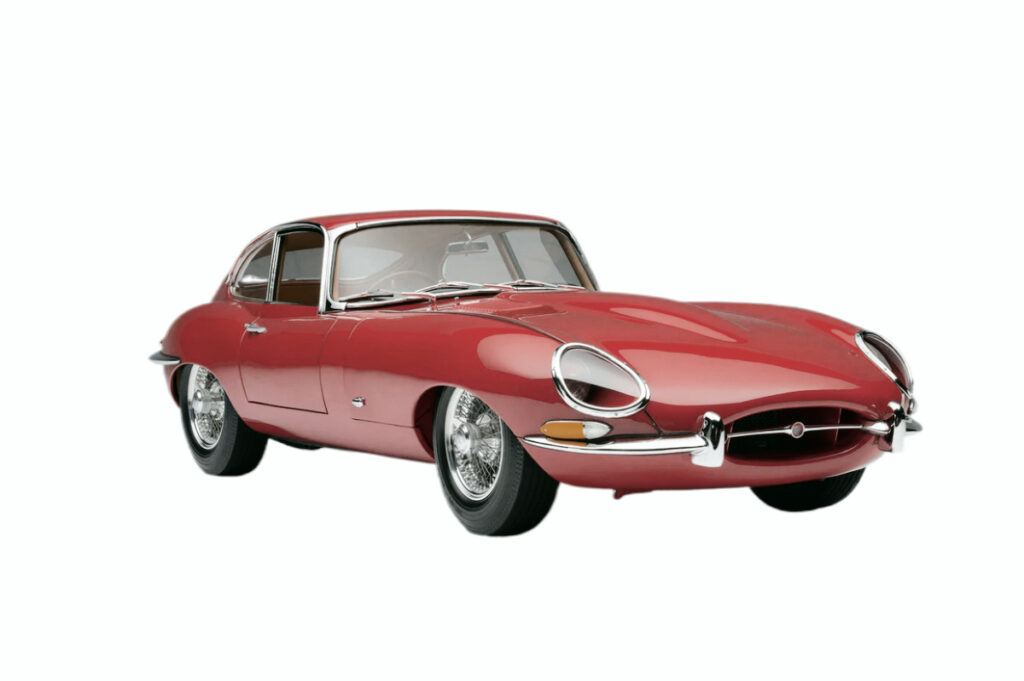
These cars looked like they were ready for takeoff, and they were—on the track. They looked more prepared for orbit that Alan Shephard’s Mercury spacecraft, but Jag built them to win on the ground—not in space.
The Aston-Martin DB4 was another British entry into the Space Race of 1961.
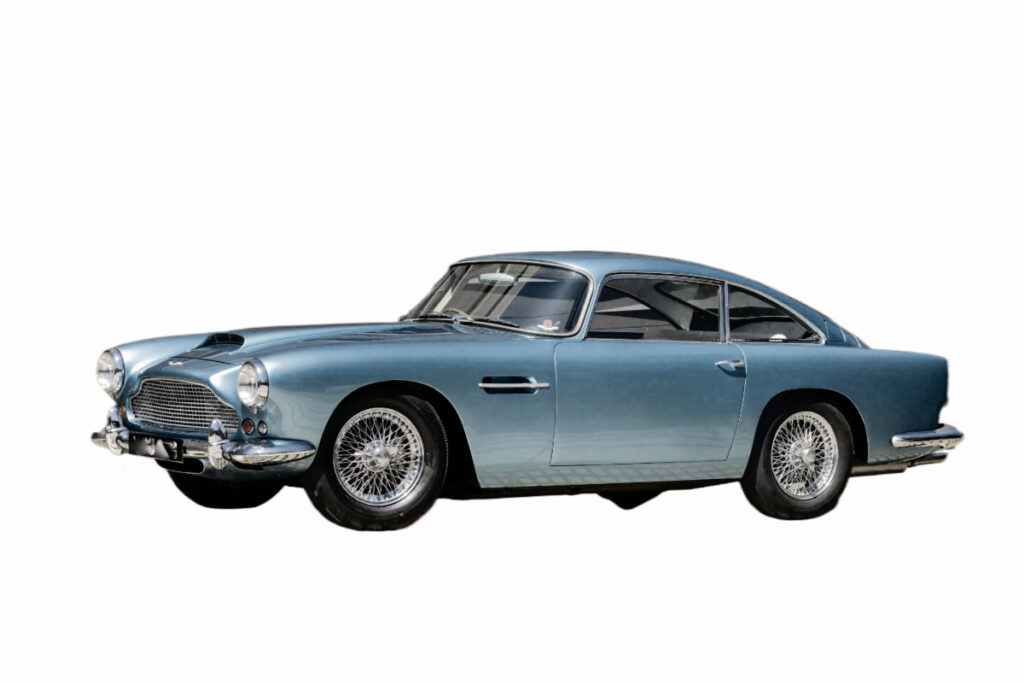
The DB4 had a cleaner profile, and it even had fins at the back end. These cars were built for the guy who liked to take life at a faster—but refined pace.
That sounds like a great plan during a year when guys were orbiting the globe at 5100 miles an hour in sub-orbital flight.
Jerry Sutherland
BY: Jim Sutherland
Jim Sutherland is a veteran automotive writer whose work has been published by many major print and online publications. The list includes Calgary Herald, The Truth About Cars, Red Deer Advocate, RPM Magazine, Edmonton Journal, Montreal Gazette, Windsor Star, Vancouver Province, and Post Media Wheels Section.
- CLICK HERE to Sign Up for the Newsletter
- CLICK HERE to Like us on Facebook
- CLICK HERE to Follow us on Twitter
- CLICK HERE to Follow us on Pinterest




